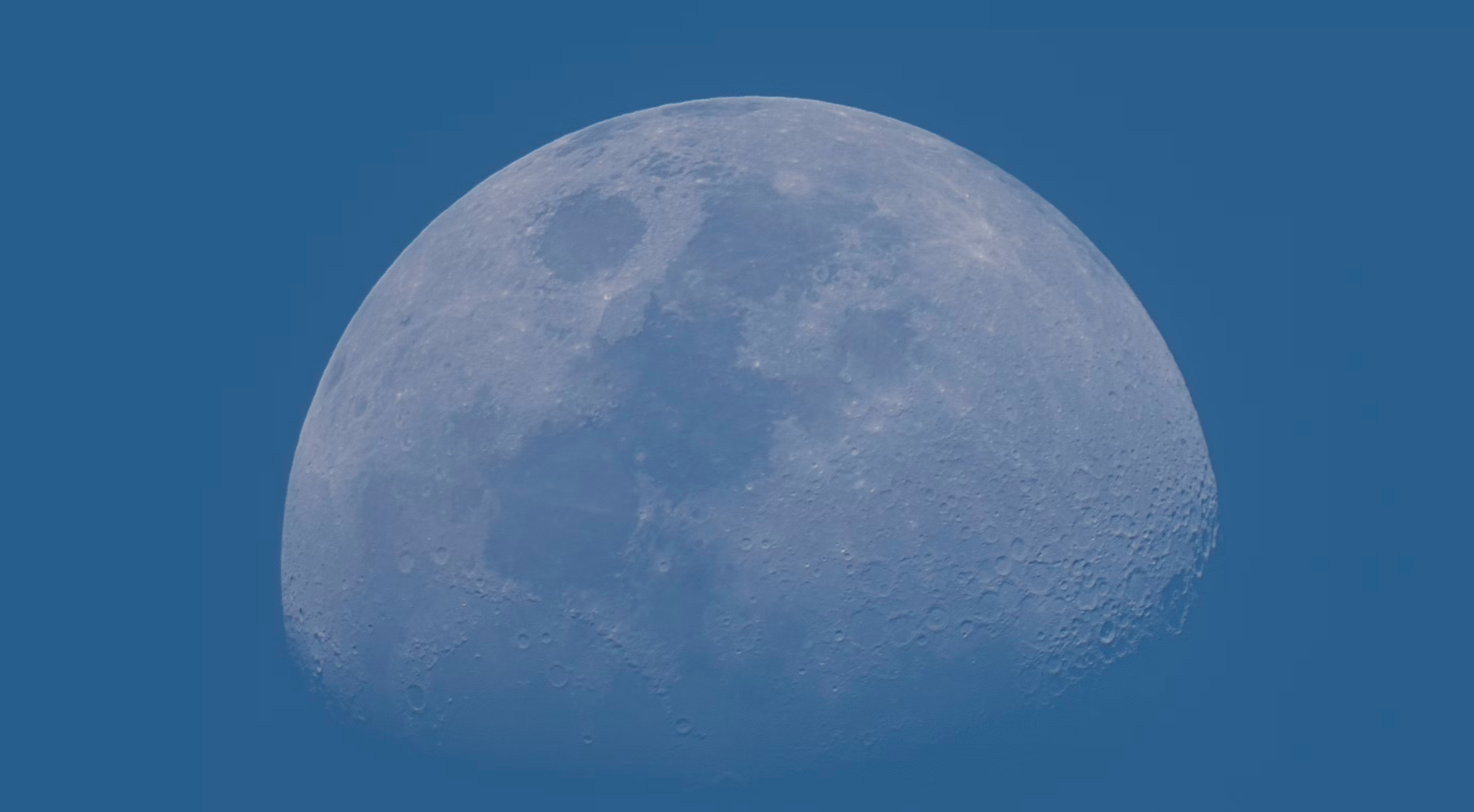Elon Musk Rocket Launched Seven Years Ago Expected To Crash Into Moon
A SpaceX Rocket Falcon 9 is expected to Crash into the Moon making a large Impact
The Falcon 9 SpaceX booster was launched in February 2015 from Cape Canaveral not having enough fuel to return towards Earth it instead remained in space. Now, this rocket is projected to fly-by earth on 5 January. Expecting to hit the moon on March 4th.
Elon Musk's Seven Year Old SpaceX Rocket is Out Of Control in Space
The rocket (DSCOVR) was abandoned in high orbit seven years ago and is now an Out-of-control SpaceX rocket on a collision course with the moon. After it completed its original mission to send a space-weather satellite on a million-mile journey, the rocket does not have enough fuel to return to Earth safely. It completed its long burn of its engine and wasn't able to escape the gravity of the Earth-Moon system with the remaining fuel.
The Falcon 9 launched from Florida in February 2015 from Cape Canaveral is now considered to be "Space Junk" and is traveling toward the moon for a crash landing.
This Falcon 9 Rocket is now considered to be four metric tonnes of Space Junk. Space enthusiasts believe the impact could provide valuable data for ground space scientists and the space community. A projected crash of about 5,770 mph is expected to not significantly damage the moon however will create a new crater.
Falcon 9 Booster estimated to leave a 65-foot Crater on the Moon
Crashing into the moon could leave make a 65-foot crater on the moon. The impact is predicted and estimated for 7:25 a.m. Eastern time. Astronomical software is used to calculate asteroids reveals the rocket will not miss the moon.
What software is used by professional astronomers for tracking Near-Earth objects?
Bill Gray, The creator of the Project Pluto software, has both professional and amateur astronomers tracking near-Earth objects and estimating the rocket is traveling at about 5,770 miles per hour heading to the moon for impact.
How much Impact will Elon Musk's Seven Year Old SpaceX Rocket when colliding with the Moon?
Astronomers assure there is nothing to worry about, the moon has experienced collisions before with "Space Junk". A "Space Junk" collision with the moon has happened in 2009 and this time may not be visible from any positioned Satellite or Spacecraft.
What is Space Junk and Debris and Are they Common in Deep Space?
It is known Space Junk is a current issue for earth. During November a notification was recieved that space junk could threaten the astronauts outside the International Space Station. Low Earth orbit has more than 1,500 pieces of debris due to Russia fired a missile that destroyed an unused satellite.
